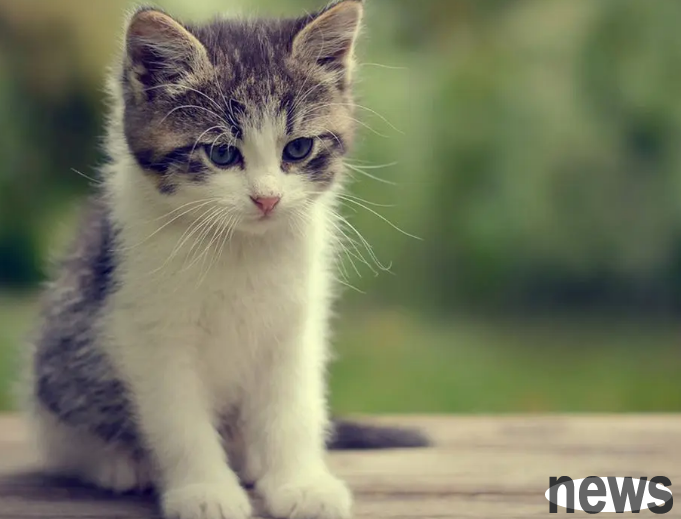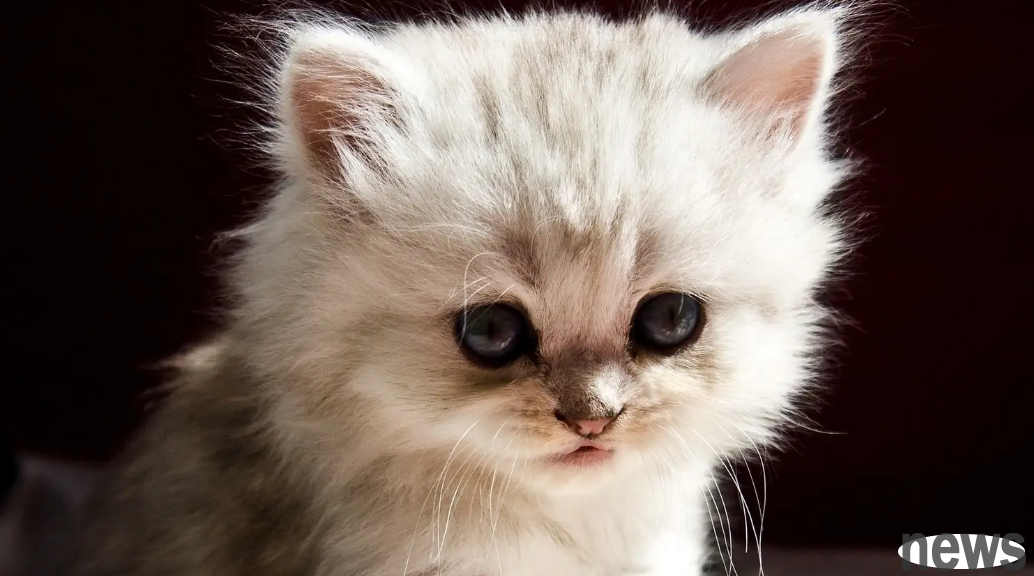What does sinusitis look like in cats? I believe that many people who have raised cats have experienced cats sneezing. We may not care much about it in normal times. In fact, this is the symptom of cats suffering from sinusitis. So everyone must have wanted to ask if cats can be completely cured?

Let's briefly analyze it below. I believe that after reading it, you will know how to treat sinusitis in cats.
1. What are the symptoms of sinusitis?
Cats will experience more obvious symptoms after suffering from sinusitis, which can be easily discovered as long as we pay attention to the observation.
1) Runny nose
Many poop shovelers often find the first thing they do is to have runny noses in cats, which is also one of the first and most common symptoms of sinusitis. If the cat has a colorless nose, it means that the symptoms are not very serious. If the cat has a yellow nose, it means that the cat's sinusitis is already more serious.
2) Sneezing
This is also a common symptom of sinusitis in cats.
When the viscous snot produced by the cat's nasal cavity accumulates in the nasopharynx, the cat will experience symptoms such as sneezing and retching.
3) The breathing sounds
The nasal passage is blocked by snot, and when a cat breathes, the nose will make louder snoring and purring sounds. When the nasal passage is severe, the cat needs to breathe by opening its mouth.
4) Loss of appetite
The blockage of the nasal passages and other diseases will prevent the cat from smelling the food. Moreover, there are many bacteria in the nasal snot, which in severe cases will also cause fever and bacterial infection in the cat, and feel uncomfortable, so of course the cat will not have a good appetite.
2. How to judge that a cat has sinusitis?
We need to understand that cats are not suffering from sinusitis if they sneeze and runny nose, and it may be just a mild cold. Therefore, we need to use some special means to diagnose whether cats have sinusitis.

1) Physical examination
By conducting a whole-body test on the cat, we can understand whether there is any abnormality in the cat's physical condition, such as specific nasal secretions, sneezing, conjunctivitis, nasolac duct blockage, etc.
2) Pathogen test
determines that the pathogen of cat disease can further diagnose the specific cause of the cat's sinusitis, and then the appropriate treatment plan can be selected for treatment. There are many pathogens that cause cats to suffer from illness, which is difficult for us to observe through the naked eye and general detection, so pathogen detection is very necessary.
3) Image examination
Compared with conventional X-ray examination, the use of CT optical devices can capture the cat's nasal condition more clearly.
Through CT, we can observe the cat's head structure more clearly, which is convenient for identifying whether there are tumors, lymph node abnormalities, nasopharyngeal abnormalities, etc., but the cost of CT is also higher.
3. How to treat sinusitis in cats?
Silaritis is a chronic disease that is difficult to cure. In terms of treatment, we focus more on controlling symptom attacks and disease prevention.
According to the doctor's advice, the following methods are usually used to treat sinusitis:
Antibacterial treatment is mainly used to eliminate bacteria in the cat's nasal cavity and control the symptoms of runny nose and sneezing; clear the internal blockage of the nasal cavity, mainly to reduce the blockage of the nasal cavity, so that the cat's breathing smoothly, and improve the physical condition; use anti-inflammatory drugs, and use drugs to treat the inflammation of sinusitis according to different degrees of the disease.
So, is it useful to undergo surgical treatment of sinusitis? Sinusitis that develops to a severe extent can indeed be treated surgically, but due to the complex structure of the cat's nasal cavity, the risk of surgery is very high, so surgery is usually an alternative option.
4. How to prevent chronic sinusitis in cats?
1) Early detection and early treatment
Sinusitis is usually formed after the symptoms accumulate to a certain extent. In this process of formation, we can control the disease in the cradle with timely intervention and treatment.
Usually when cats develop upper respiratory tract infections, such as cat nasal branches, we need to seek medical treatment in time to prevent the disease from becoming more chronic sinusitis in cats.
3) Improve cat immunity
When cats' resistance decreases, a bacterial group called "opportunistic pathogens" will be reproduced in the body. This bacterial group is also one of the bacterial pathogens that cause cats to develop sinusitis. Therefore, in daily life, cat shovelers can improve cat immunity through diet or strengthening exercise.
4) Pay attention to the insulation and moisturizing of the indoor environment:
In addition to protecting from the cat's body, we should also pay attention to the fact that cold and dry environments will stimulate the cat's nasal mucosa. Frequent stimulation will cause congestion or runny nose in the cat's mucosa. Therefore, when the weather is dry and cold, we must keep warm and moisturizing the indoor environment.
In terms of protection, we also need to avoid stress stimulation in cats, because stress stimulation will cause cats to lose resistance, and being too nervous will also cause other diseases.
The above is how to determine whether a cat has sinusitis and how to prevent it. For your reference, if there are other small methods, you can also share it.
